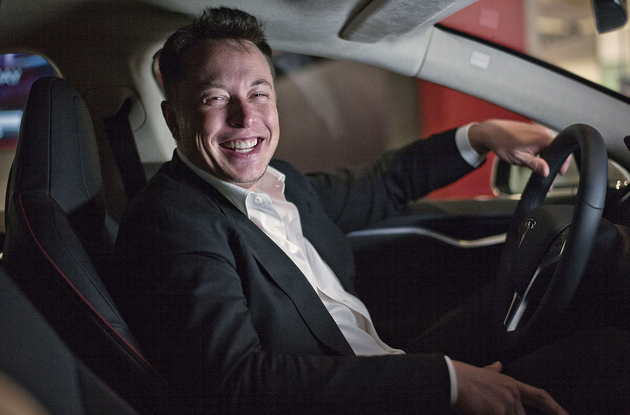
Photo/VCG
Elon Musk, the founder and CEO of Tesla, is a man who is constantly pushing the boundaries and creating miracles. He not only wants to revolutionize the transportation industry with electric vehicles, but also wants to send humans to Mars.
His latest feat was a live test of Tesla's Full Self-Driving Beta V12 (FSD Beta V12) on the streets of Palo Alto, California.
The 45-minute "high-energy" livestream attracted nearly 12 million viewers.
Musk's livestream was able to attract such widespread attention because FSD Beta V12 is reportedly the first end-to-end AI self-driving system (Full AI End-to-End), and is Tesla's most important upgrade to date.
Unlike other self-driving vehicles from other brands, which rely on lidar on the body of the vehicle, Tesla's version of self-driving relies on neural networks to identify obstacles such as traffic lights, pedestrians, and other vehicles. Some netizens even called it "DriveGPT."
It was noted that earlier this year, Musk promised that "V12 is reserved for FSD to become end-to-end AI, from images to turns, braking, and acceleration."
From a technical standpoint, Tesla FSD Beta V12 achieves end-to-end AI self-driving through a massive dataset of video training data and the support of 10,000 Nvidia H100 GPUs, with only a small portion using its own supercomputer Dojo. FSD Beta V12 now only needs to input a large amount of video to identify what to do in different situations, rather than encoding each road element or situation individually, thus saving tens of thousands of lines of code, making the system lighter and more flexible. More importantly, the system can operate normally in unfamiliar terrain without an internet connection.
Musk said that all video training is done on Tesla HW3, with inference computing power of about 100 watts. Musk believes that only AI and the vehicle's own cameras are enough to achieve self-driving.
However, FSD Beta V12 made a serious misjudgment at a busy intersection, but fortunately Musk stepped on the brakes in time to avoid a possible accident. This was the only time Musk intervened during the entire livestream.

Photo/livestream screenshot
Although Musk praised the capabilities of FSD Beta V12, the narrow escape scene still raised netizens' doubts about the safety and reliability of Tesla's self-driving technology.
In fact, Tesla's self-driving system has been under investigation by US regulators on several occasions.
The NHTSA (National Highway Traffic Safety Administration) has been investigating the safety of Tesla's driver-assist system for some time. In June 2022, the NHTSA upgraded an early investigation into 830,000 Tesla vehicles to an engineering analysis—a necessary step before a recall may be required. In July of this year, the NHTSA requested Tesla to provide updated responses and current data in the investigation.
Earlier this week, the NHTSA again asked Tesla for more information on the safety of its Autopilot.


 川公网安备 51019002001991号
川公网安备 51019002001991号





